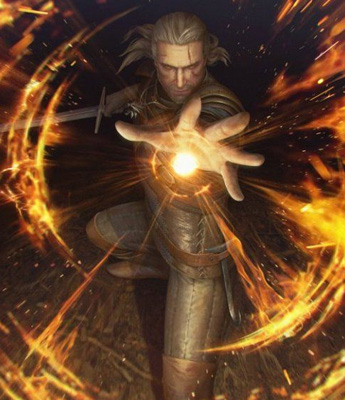
UI Programmer
Key responsibilities:
Key responsibilities:
- Implementing User Interface in Unity engine
- Refining UI related systems
- Working on backend gameplay and network systems
- Feedbacking UI designs in terms of functionality













